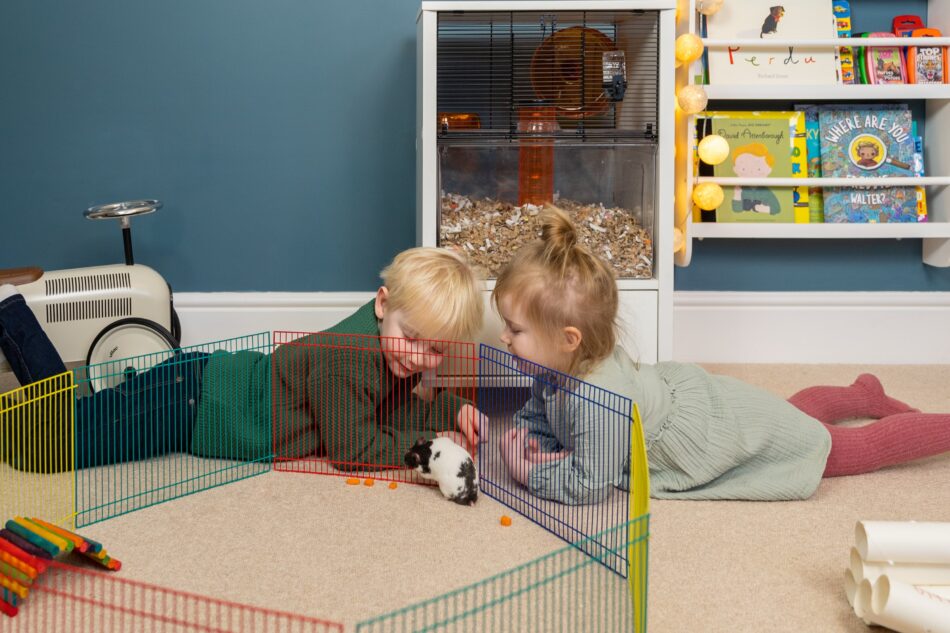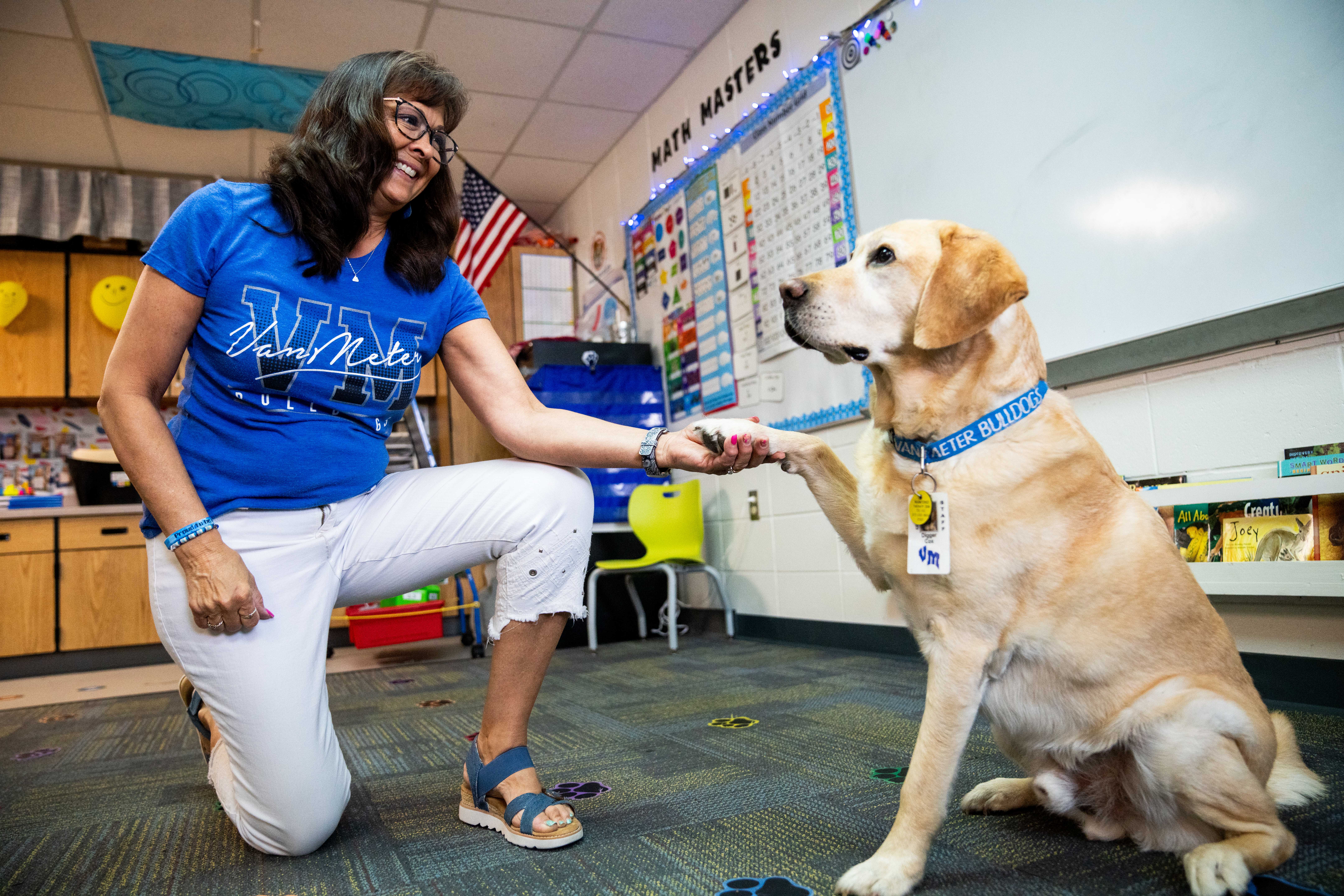Best Hamster Breeds for Teaching Children
Hamsters are among the most popular pets, especially for families with children. They are easy to care for, small in size, and have lovely personalities that make them delightful companions. However, not all hamsters are suitable for teaching children about responsibility and care. In this article, we’ll explore the best hamster breeds for kids and how they can help foster a sense of empathy and responsibility in young ones.
Understanding Hamster Temperament
When selecting a hamster for children, it’s crucial to understand their temperament. Some breeds are friendlier and more accepting of handling than others. **Syrian hamsters** are known for their calm nature, making them an excellent choice for little hands. These hamsters are typically larger and have longer hair, which often intrigues children. Their friendly demeanor encourages interaction, allowing kids to learn about gentle handling and care. **Dwarf hamsters**, though smaller, have various species, such as the Campbell’s and Roborovski, each with distinct behaviors and social needs. Therefore, selecting the right hamster breed can have a significant impact on the educational aspect of pet care.
Syrian Hamsters
Syrian hamsters, also known as golden hamsters, are the most common breed kept as pets. They are solitary and prefer to live alone, which makes them perfect for a child learning about responsibilities. Syrian hamsters are generally gentle, making them feasible for children to hold and play with under adult supervision. Their engaging personalities allow kids to interact easily, learn about their habits, and understand when the hamster needs alone time. This breed’s natural curiosity can lead to fun exploration and interactive play, fostering inquisitiveness in children.

Dwarf Hamsters
Dwarf hamsters offer a different experience for children, as there are several types, including Campbell’s and Roborovski. Campbell’s dwarf hamsters are friendly and can be quite sociable, especially when handled regularly from a young age. These hamsters may enjoy interacting with multiple beings, including other pets. Roborovski hamsters, although skittish, can be exhilarating to watch due to their energetic nature. Children can learn about their habitats, understand their need for space, and appreciate what it means to care for a more active breed.
Practical Tips for Children’s Interaction with Hamsters
Teaching children how to interact safely and responsibly with hamsters involves key practical tips. Always remind children to approach the hamster slowly and gently to avoid startling them. Teaching children the importance of respecting the hamster’s space will instill empathy, as they will learn when to give the hamster time alone. Regular handling sessions can help make the hamster comfortable with human interactions, provided children wash their hands before and after. Supervised handling will ensure that children practice good habits while enjoying the benefits of pet care.
Creating a Safe Play Environment
Setting up a safe play environment is essential for children’s interaction with hamsters. A designated playpen can provide a secure space where the hamster can explore with minimal risks. Ensure that the environment is free from hazards like small objects or gaps that the hamster could escape through. Providing tunnels and toys will enrich the hamster’s experience, which children can participate in by setting up and rearranging the play area. This interaction teaches children about enrichment needs and mental stimulation for pets.
Learning Responsibility Through Daily Care
Involving children in the daily care routine of hamsters reinforces lessons of responsibility and routine. Kids can be tasked with feeding, providing fresh bedding, and ensuring access to clean water. Depending on their age, supervising adults can teach children to observe hamster behavior to anticipate any potential health issues or unusual behavior. Not only does this teach responsibility, but it also instills valuable life skills that can be applied beyond pet care. Assignments can be made according to age-appropriate understanding, evolving the child’s role as they grow.
Hamster Housing and Care Essentials
A vital aspect of teaching children about hamsters is ensuring they understand proper housing and overall care. Selecting the right cage, bedding, and accessories is fundamental. Syrian hamsters require spacious cages, ideally with multi-level environments and areas for climbing, while dwarf hamsters may be comfortable in appropriately-sized enclosures that promote interaction. Educating children about the importance of maintaining a clean environment promotes hygiene and demonstrates how to identify when cleaning is necessary.
The Right Cage Setup
Setting up the right hamster cage involves ensuring it accommodates their specific needs. The cage should provide enough space for exercise and exploration while ensuring safety from escapes. Including items like tunnels, hiding spots, and a wheel for exercise will help stimulate the hamster’s natural instincts. Children can assist in setting up the cage, learning about how each element improves the hamster’s well-being and creates a harmonious living space. This interaction develops their skills in critical observation and environmental adaptation for the pet.
Introducing Safe Food Choices
Hamster diets can be another learning experience for kids. Teaching children about healthy food choices ensures that hamsters have a balanced diet, consisting of commercial food pellets and fresh vegetables. Demonstrating the types of treats safe for hamsters emphasizes the importance of moderation and nutritional awareness. Children can participate in meal prep, understanding their pet’s dietary needs and gaining hands-on knowledge about animal care.
Key Takeaways
- Syrian hamsters are friendly and ideal for children.
- Dwarf hamsters can teach socialization skills when handled gently and regularly.
- Creating safe play environments enriches children’s learning experiences with pets.
- Instilling daily care routines promotes responsibility and respect for living creatures.
- Teaching about proper habitat and food choices helps children understand pet well-being.
FAQ
1. Which hamster breed is best for young children?
Syrian hamsters are generally considered the best breed for young children due to their gentle nature and larger size. They usually tolerate handling well, allowing children to learn about pet care and responsibility easily.
2. How often should my child interact with their hamster?
Daily interactions are ideal to help the hamster become accustomed to handling and human interaction. Children should engage in short sessions initially and gradually extend the duration to avoid overwhelming the hamster.
3. What safety measures should I take when my child handles a hamster?
Always supervise when children handle hamsters. Teach kids to approach gently and to avoid startling the pet. Make sure they understand hamster behavior and body language to identify when the animal needs space.
4. Can hamsters and children play together safely?
Yes, but it’s essential to create a safe play environment. A designated playpen is advisable, allowing the hamster to explore safely while children supervise. Gentle interactions and respect for the hamster’s needs are crucial.
5. How can I teach my child about hamster care?
Involve your child in daily care routines such as feeding, cleaning the cage, and monitoring health. Use these opportunities to explain each aspect of hamster care, fostering a deeper understanding and appreciation for the pet.
6. What essential items do hamsters need in their cage?
Essentials include bedding, a water bottle, food dish, exercise wheel, and hiding spots or tunnels. The setup should mimic their natural environment for their well-being and enrichment.
7. How can I tell if my hamster is happy?
A happy hamster tends to be active, curious, and responsive. They may explore their surroundings, run on their wheel regularly, and exhibit positive behaviors such as nibbling on healthy treats and socializing during handling sessions.
